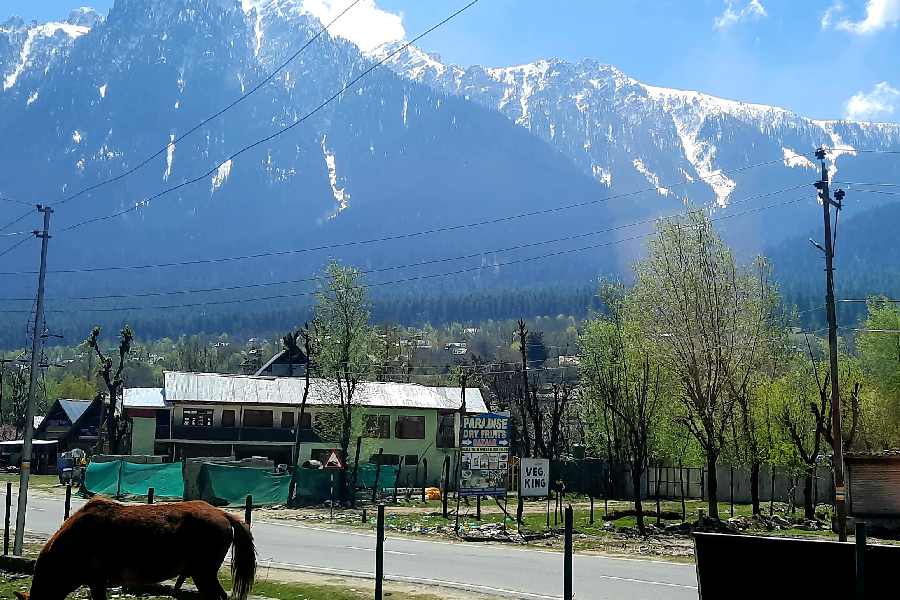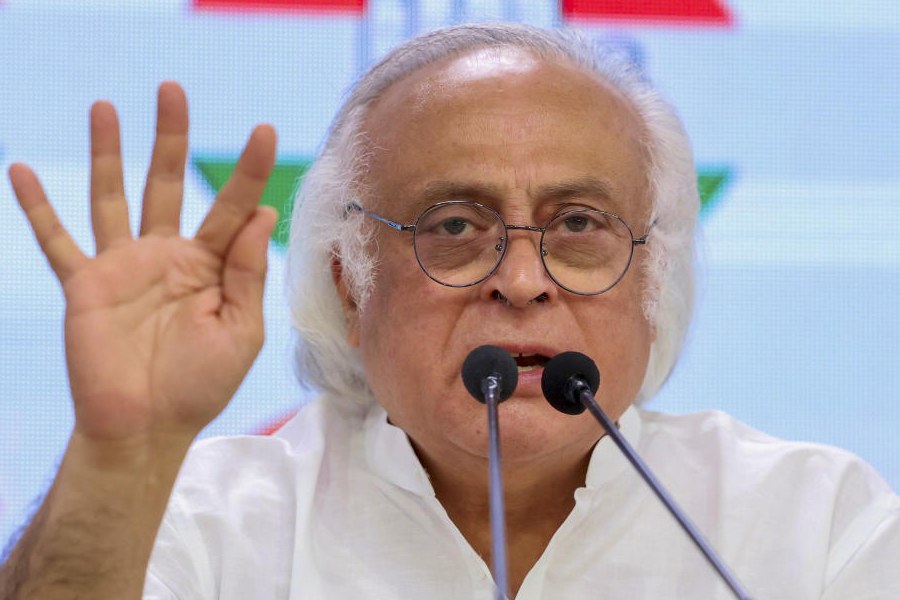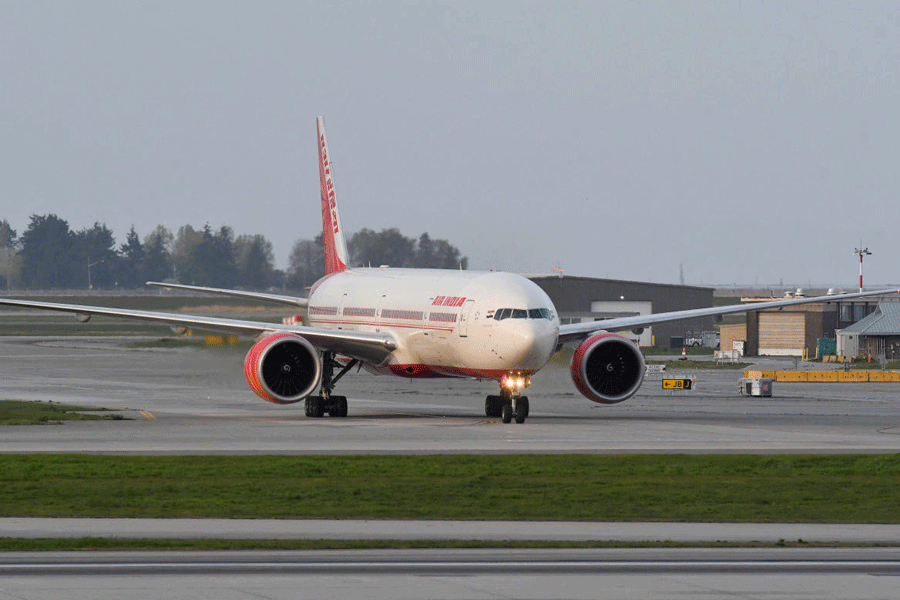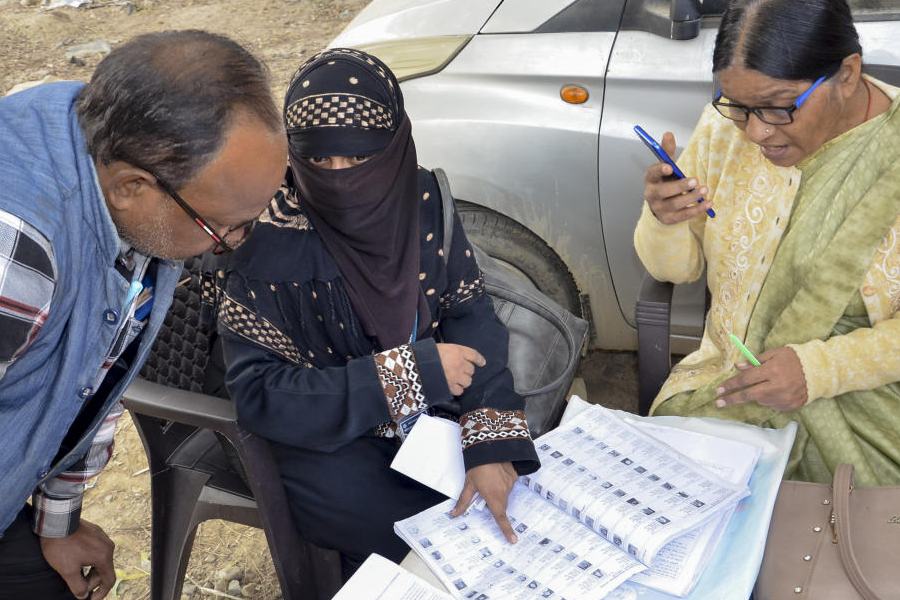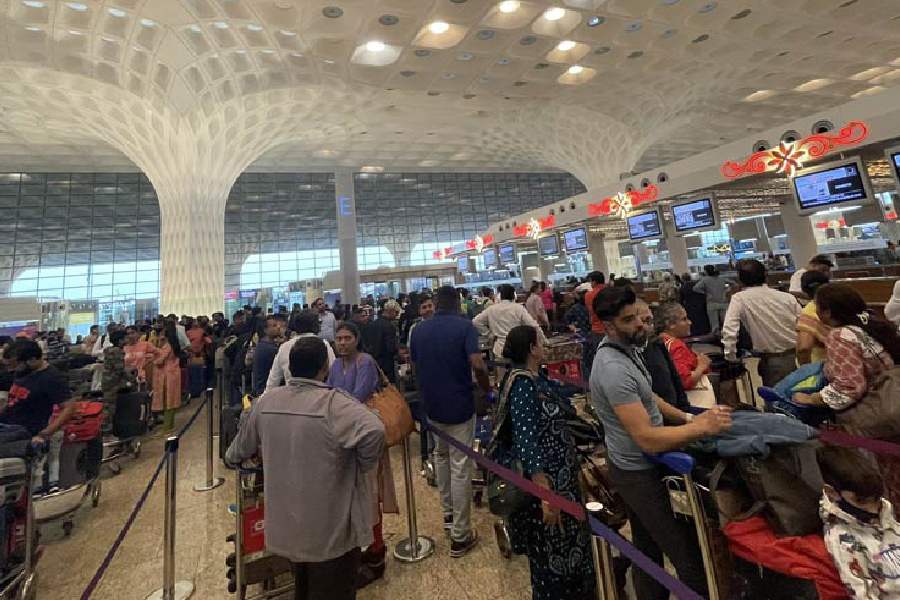Barely a month back, any visitor to Kashmir would have headed to all the popular tourist zones, Gulmarg, Sonamarg, Pahalgam, Yusmarg, and perhaps even ventured to Bandipora to gaze at the picturesque Wular, the largest freshwater lake in India. But only an observant tourist would have noticed the abysmal lack of security at these entrancing landscapes.
True, we were stopped at Anantnag by an armed policeman on the way to Srinagar from Pahalgam and diverted from the highway to detour endlessly through villages. But that appeared to be more of a whim than a necessity. Even the Amarnath yatra base camp basked in solitude. The complacency possibly arose because Kashmir had a bumper tourist season last year with 34.98 lakh visitors, of whom 43,000 were foreigners. The hostilities along the Line of Control had then abated and it was also the month of Ramazan, leading to less traffic during the day. The tourists felt secure.
Local residents and traders we spoke to en route expressed hope and concern over the rise in visitors. While several of them acknowledged the economic benefits brought by tourism, they highlighted environmental challenges and security-related incidents. A chat with our hotel manager shed light on the proliferation of homestays, especially in the border areas. This was actually the result of financial assistance to local residents under a government scheme called Mission Youth, which was touted as a catalyst for cultural exchange and sustainable tourism. While this gave a major boost to employment, it also opened up a web of inflow into rural and border areas, which often go unchecked for infiltrators. This is true of all states with international borders and the problems that germinate with seamless influx often snowball into situations of conflict, especially with hostile neighbours.
The April 22 Pahalgam terrorist attack on tourists and the intense cross-border conflict that erupted have dealt an irrevocable blow to Kashmir’s economy. The situation remains tense despite the announcement of a ‘ceasefire’ between India and Pakistan. There were reports of explosions and drone attacks, casting doubts on the stability of the truce. Given its suddenness, the call for truce initially offered a glimmer of hope for de-escalation but the situation in Kashmir remains precarious with ongoing incidents. This fragile peace requires sustained diplomatic efforts (read dialogue) to ensure stability in the region.
Just as the residents contemplated heaving sighs of relief, the ceasefire violations resumed. According to reports, there have been civilian casualties and infrastructural damage, particularly in Poonch and Neelum Valley. Displaced or evacuated border residents are unable to return home due to safety concerns.
In every conflict, the greatest casualty is education. Schools and universities remain closed, with students facing an uncertain future. The disruption in schooling, closed airports, unstable internet service and days without electricity impact the physical and mental well-being of youngsters. The psychological scars of war can be permanent during this formative and impressionable age.
For the people of Kashmir, the cessation of hostilities must include an inclusive dialogue (this must be strived for, however utopian it may appear), mutual understanding, and a commitment to addressing the root causes of the conflict. In India’s multicultural milieu, it is often seen that communities scattered outside their home region face the brunt of attacks — communal, ethnic and even ideological. Till these schisms are addressed, the resilience and solidarity of Kashmiris will remain vital in navigating the aftermath of this month’s operation, especially one that seems to have no end in sight, a ‘ceasefire’ notwithstanding.

